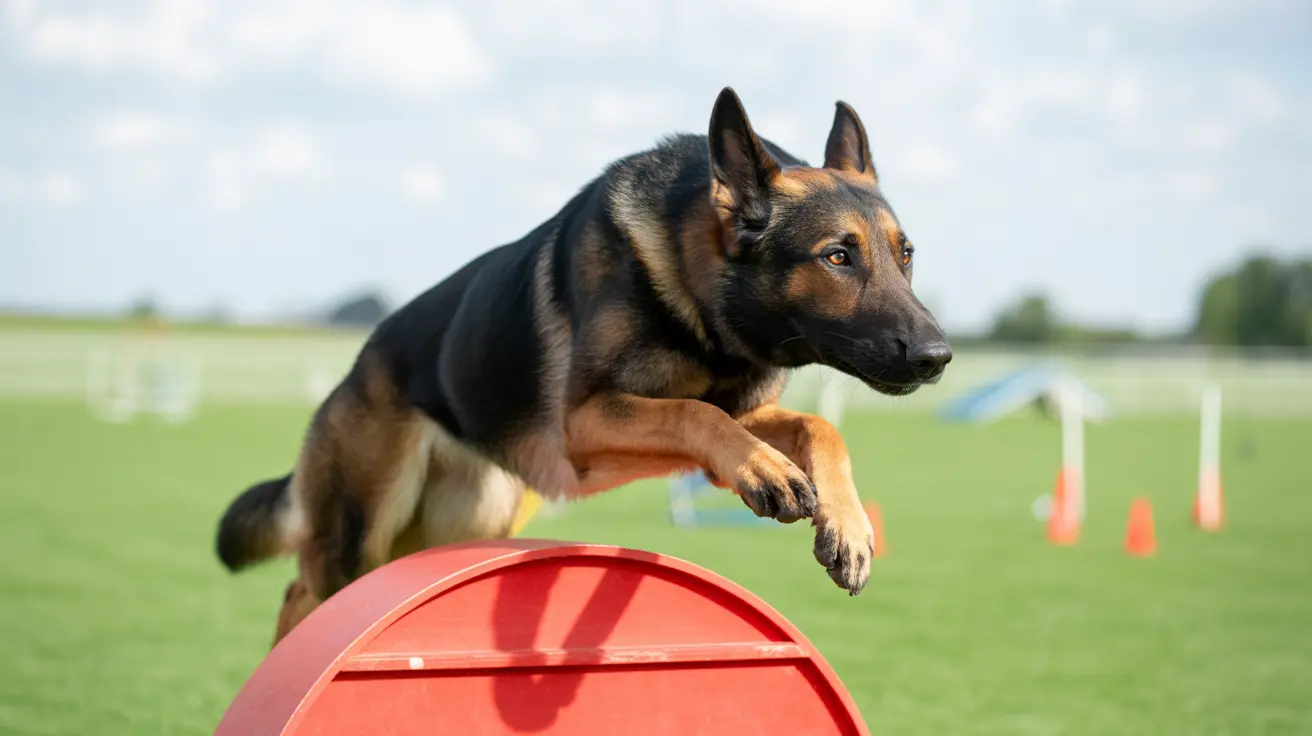Understanding How Dogs Perceive Time: What an Hour Feels Like to Them
As pet owners, we often wonder what our furry companions do while we're away — and more intriguingly, how they experience time in our absence. A commonly asked question is: how long does one hour feel to a dog? While dogs don’t wear watches, scientific research and behavioral observations suggest that they perceive time differently than humans.
Why Dogs Experience Time Differently
Dogs live in the moment, but that doesn't mean they can't grasp the passage of time. Although their perception diverges from ours, dogs demonstrate reactions that imply they understand the difference between short and long absences. This is largely due to their internal biological clocks and conditioning experiences.
Scientific Perspective on Canine Time Perception
Studies on circadian rhythms and psychological time offer insight into how dogs possibly experience time. Dogs have been shown to behave differently depending on how long their owners are away — implying that they can measure intervals to a certain extent. However, the mechanism is likely based on cues such as light, ambient noise, hunger cues, and even scent decay, rather than a conscious understanding of the clock.
The One-Hour Stretch
To answer directly: one hour for a dog might feel far longer than it does to us. While no dog-specific time conversion exists, some have theorized that because dogs’ lives are much shorter, time for them may move faster subjectively. This leads to the theory that one human hour could feel like several hours to your pup.
Comparative Estimations
- Dogs have an average lifespan of about 10–13 years, meaning they experience roughly 5 to 7 dog years for every human year.
- Some interpret this ratio linearly — suggesting 1 human hour might feel like 5–7 dog hours — although this is not scientifically rigorous.
- Nonetheless, dogs often display more excitement the longer their humans have been away, even if the actual time difference isn't substantial.
How Dogs Know You're Gone
Dogs detect your absence using sensory input:
- Scent decrease: Your scent fades over time, and dogs can notice this.
- Sound and environmental changes: Household rhythms change in your absence.
- Routine patterns: Dogs learn timing based on their environment and consistency.
Ways to Help Dogs Cope With Alone Time
Understanding that even one hour can feel longer to your dog highlights the importance of mental stimulation and companionship. Here are ways to make absences less stressful:
- Interactive toys or food puzzles to keep their mind engaged.
- Comfort items like your worn clothing to provide a familiar scent.
- White noise machines or radios to reduce the starkness of silence.
- Routine: Keep a consistent schedule so your dog knows when you'll return.
The Takeaway
Though exact time perception in dogs isn’t fully understood, they clearly experience the passage of time differently from humans. One hour may feel like several to a dog, especially if they lack stimulation or companionship. Being mindful of this can help pet parents better manage separation and improve their dogs’ quality of life when left alone.





